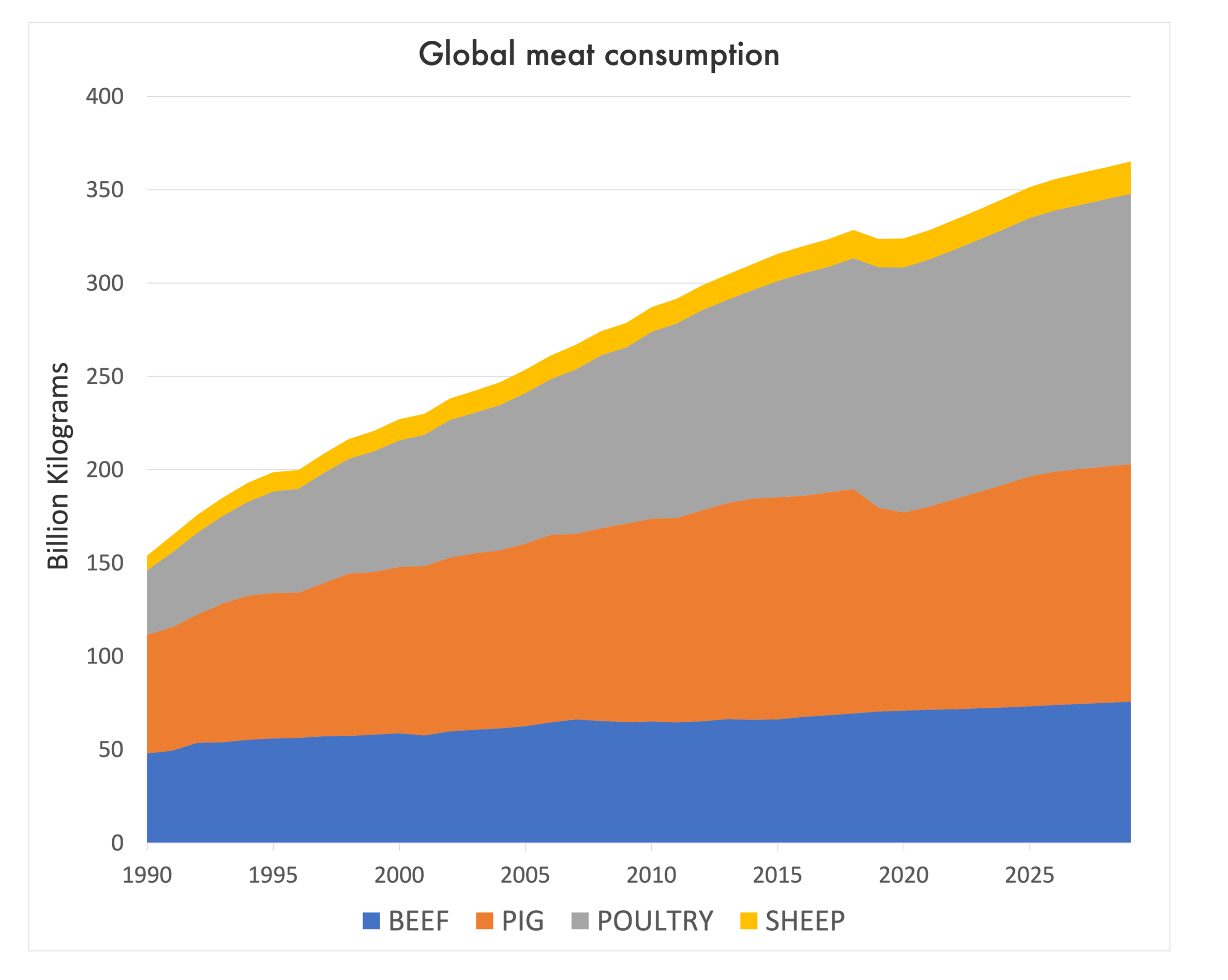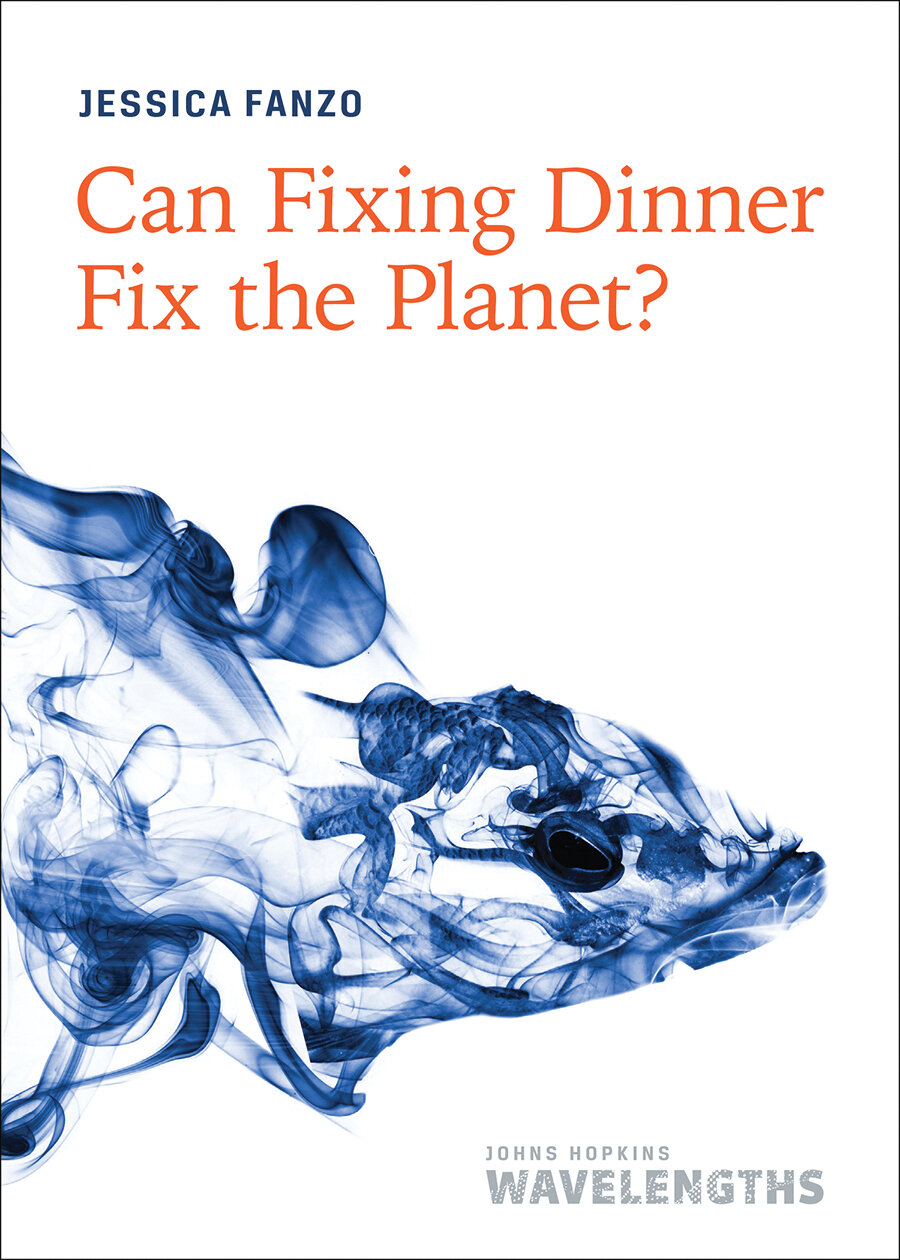This writing was originally published in Cell Metabolism in their February issue.
Water covers 70% of the planet; however, only 3% is freshwater, which the global population depends on to drink, irrigate crops, and for our sanitation and hygiene. Water is central to almost all human activity and endeavors and, most importantly, the homeostasis of our bodily functions and health. We know that access to both adequate quantity and quality of water drives optimal health. Still, when in shortage or contaminated, it can cause deleterious effects on various health outcomes, some more known than others (1).
While there is substantial research understanding the health effects of insufficient water intake, there are measurement uncertainties in how much water people consume, retain, and excrete as well as a paucity of evidence on the influence of physical, metabolic, and environmental factors on water homeostasis in the human body. A recent study by Yamada et al. published in Science provides further insight into the determinants of water turnover (WT) or the water processed and used by the body (2). The largest study of its kind, they sampled 5,604 people living across 23 countries across diverse regions of the world ranging from 8 days to 96 years old. They examined whether age, body composition, physical activity, socioeconomic status, and geographical attributes of various regions impacted WT. They did this by having subjects consume 100 ml of water, of which 5% was deuterated. This isotope tracking allowed the investigators to measure WT in a highly accurate and precise way.
Predictably, WT was highest in neonates and decreased with age, positively correlated with free mass, total energy expenditure, and physical activity, and negatively correlated with percent body fat. Interestingly, where people live, and their livelihoods matter for WT as well. WT was higher in those living in hotter and more humid places and higher altitude areas. People with traditional livelihoods, such as hunter-gatherers and subsistence farmers, had higher WT than those working outside agriculture. Furthermore, people living in countries characterized as having a low human development index (HDI)—a comprehensive composite index that measures the different dimensions of human development, including standards of living, life expectancy, and education—had higher WT than those living in countries with middle- and high HDI, even after adjusting for physiological and environmental factors.
While some of these results may not be surprising regarding age and biology, they present clear warning signs of vulnerability when considering looming global scenarios, trends, and shocks to water security, with poor populations disproportionately suffering the most severe consequences (3). The world is already grappling with water scarcity—the availability of water depends on an intimate dance between a region's water demand and water supply. As it stands, 4 billion people live with severe water scarcity at least one month a year, with nearly half of those people living in China and India. Half a billion live with severe water scarcity all year round (4). Distressing still, 784 million people worldwide lack access to safe drinking water (5). The figure below shows how these numbers break down by the four major country income groups, and climate change will likely worsen this situation.
Figure 1: Number of people (millions) without access to safe drinking water, 2020
Legend: Each bar represents the surface (drinking water directly from a river, dam, lake, pond, stream, canal, or irrigation canal), limited (drinking water from an improved source for which collection time exceeds 30 minutes for a roundtrip including queuing) and unimproved (drinking water from an unprotected dug well or unprotected spring) sources of drinking water by country income classification. Source: World Health Organization and UNICEF Joint Monitoring Programme, 2021
Climate change will have significant impacts on how much water is available as well as its quality. Already, water systems that provide freshwater to human populations are drying up and polluted from overuse and runoff, much of this coming from agriculture and other anthropogenic forces (6). Water ecosystems around the world will also continue to be strained and stressed. For example, since 1900, approximately 68% of wetlands have been lost, which are essential ecosystems that purify drinking water systems, among many other functions (7). In addition, extreme weather events related to climate change, such as changes to precipitation and severe drought, as well as the melting of glacier ice, is and will continue to impact water resources. There will also be a decline in the quality of water sources due to anthropogenic and natural factors, along with an increased demand for water due to higher temperatures and evaporation rates. As a result, water insecurity under "business as usual" climate scenarios will worsen (8).
Human demand for water worldwide has increased six-fold over the past century and continues to rise at around 1% per year due to the growing population and global economy (9). At the current consumption rate, by 2025, two-thirds of the world's population may face water shortages (10). What will be the consequences for those vulnerable populations living in countries of low HDI given their increased demand for water? Even a slight imbalance in the delicate homeostasis of WT could put these populations at disproportionate risk for various health disparities, along with constraints on access to improved water safety and quality.
We are just beginning to understand the importance of how water is cycled through the body and how to measure it. Yamada and colleagues shed further light on the factors influencing how water is used and excreted in the body. One gap they highlight is the inability to measure the influence of water coming from food on WT. For those who work in food security, it will be necessary to understand how the quality and diversity of diets contribute to and potentially further protect water homeostasis in distinct biological, sociodemographic, and geographical contexts. Understanding this relationship could spur joint policy action among communities concerned with food and water security. With climate disruption continuing to threaten the quantity and quality of food and water sources, scientific and geopolitical collaboration has never been more urgent.
References
1. Popkin, B.M., D’Anci, K.E., and Rosenberg, I.H. (2010). Water, hydration, and health. Nutr. Rev. 68, 439–458.
2. Yamada, Y., Zhang, X., Henderson, M.E.T., Sagayama, H., Pontzer, H., Watanabe, D., Yoshida, T., Kimura, M., Ainslie, P.N., Andersen, L.F., et al. (2022). Variation in human water turnover associated with environmental and lifestyle factors. Science 378, 909–915.
3. Dell’Angelo, J., Rulli, M.C., and D’Odorico, P. (2018). The global water grabbing syndrome. Ecol. Econ. 143, 276–285.
4. Mekonnen, M.M., and Hoekstra, A.Y. (2016). Four billion people facing severe water scarcity. Sci. Adv. 2, e1500323.
5. World Health Organization and UNICEF (2021). World Health Organization and UNICEF Joint Monitoring Programme. https://washdata.org/data/household#!/dashboard/new.
6. van Vliet, M.T.H., Flörke, M., and Wada, Y. (2017). Quality matters for water scarcity. Nat. Geosci. 10, 800–802.
7. Davidson, N.C. (2014). How much wetland has the world lost? Long-term and recent trends in global wetland area. Mar. Freshw. Res. 65, 934.
8. IPCC (2022). Climate Change 2022: Impacts, Adaptation and Vulnerability. Contribution of Working Group II to the Sixth Assessment Report of the Intergovernmental Panel on Climate Change (Cambridge University Press).
9. Water, U.A.U.N. (2020). United Nations World Water Development Report 2020: water and climate change (United Nations Educational, Scientific and Cultural Organization).
10. World Wildlife Fund. (2023). Water Scarcity https://www.worldwildlife.org/threats/water-scarcity#:~:text=Billions%20of%20People%20Lack%20Water&text=By%202025%2C%20two%2Dthirds%20of%20the%20world's%20population%20may%20be,and%20economic%20decline%20may%20occur.





